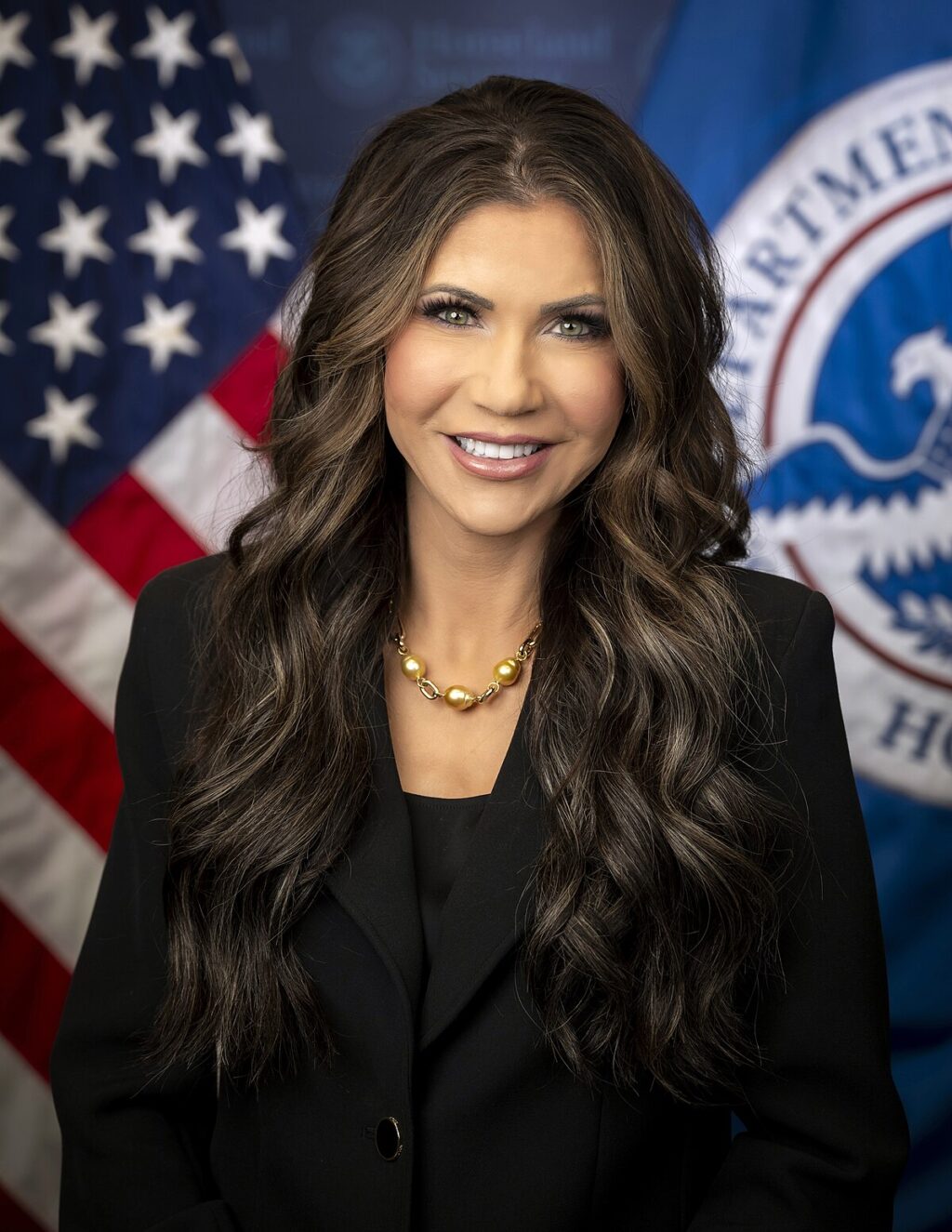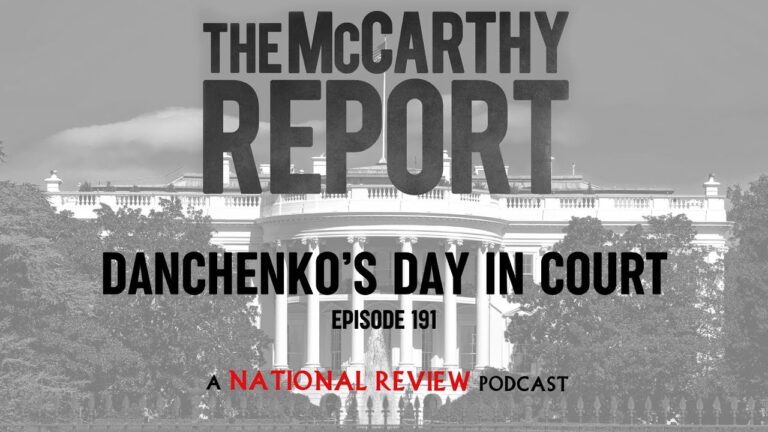
Introduction
Kristi Noem, the 33rd Governor of South Dakota, has been a significant political figure since she took office in 2019. As the first female governor of the state, Noem has made headlines both for her policies and her approach to governance. With increasing national recognition, understanding her impact on state issues and potential future aspirations is crucial for citizens and political analysts alike.
Governor Noem’s Key Policies
Noem’s administration has focused on several key areas, most notably economic development, healthcare, and education. Under her leadership, South Dakota has seen a push for lower taxes and less regulation, which she argues is crucial for attracting business to the state. According to the South Dakota Department of Revenue, the state has experienced a steady increase in revenue since 2019, with tax revenue projected to rise by 6% in the upcoming fiscal year.
In addition, during the COVID-19 pandemic, Noem took a controversial stance by opposing statewide lockdowns and mask mandates, arguing for personal responsibility. Her approach has garnered both staunch supporters and critics, with many praising her focus on freedom and others concerned about public health implications. Recent polling by the South Dakota News Watch indicates that Noem’s handling of the pandemic has been a divisive topic among residents.
Political Aspirations and National Recognition
With her growing prominence, Noem has been mentioned as a potential candidate for higher office, including the 2024 Presidential election. Notably, she was in the spotlight at the 2021 Conservative Political Action Conference (CPAC), where she delivered a speech that resonated with conservative voters across the country. Political analysts view this engagement as a stepping stone in her potential national political career.
Conclusion
Kristi Noem’s governorship has defined her as a key player in American politics, particularly within the Republican Party. As South Dakota continues to navigate economic and social challenges, her policies will be under close scrutiny. Moreover, with her potential presidential ambitions, the implications of her leadership could extend far beyond state lines, shaping the narrative for conservative governance in the years to come. As the political landscape evolves, it will be essential for constituents and observers to follow her decisions and public engagements closely, as they may signal broader trends in American political discourse.




